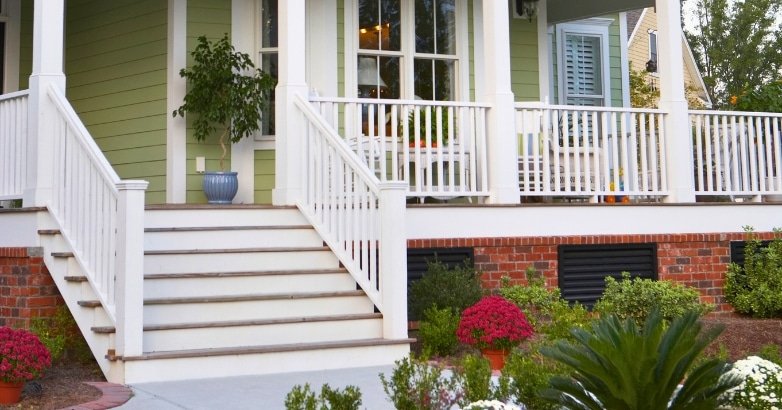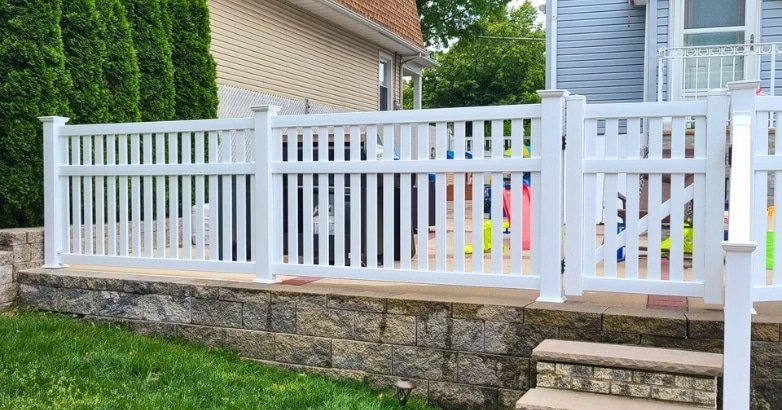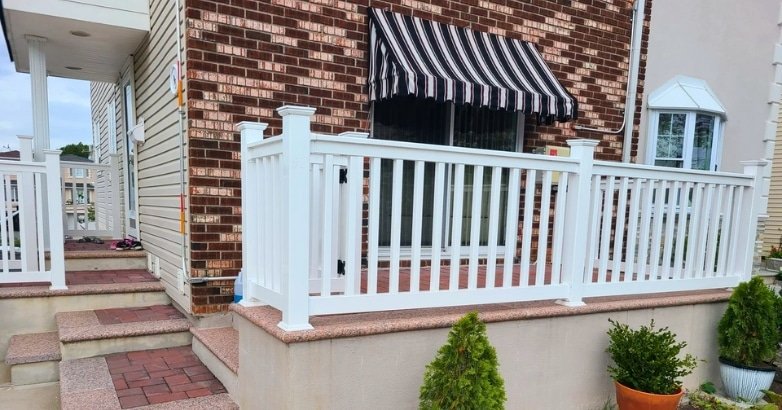Choosing between modern vs traditional railing styles for your home exterior can transform your space. Let’s break down the pros, looks, and best-fit options to help you decide with confidence.
Modern railing styles feature sleek lines, low-maintenance materials, and a minimalist aesthetic, making them ideal for contemporary homes. Traditional styles bring warmth, detailed craftsmanship, and timeless charm that suit classic architecture. Your choice depends on your home’s overall design, your lifestyle, and how much upkeep you’re willing to handle. Both styles enhance safety and curb appeal; it’s just a matter of finding the right vibe for your space.
Want to know which railing style truly fits your home’s personality? We’ve laid out the key differences, tips, and style ideas to guide your decision.
1. Design Aesthetics: Clean Lines or Decorative Details?
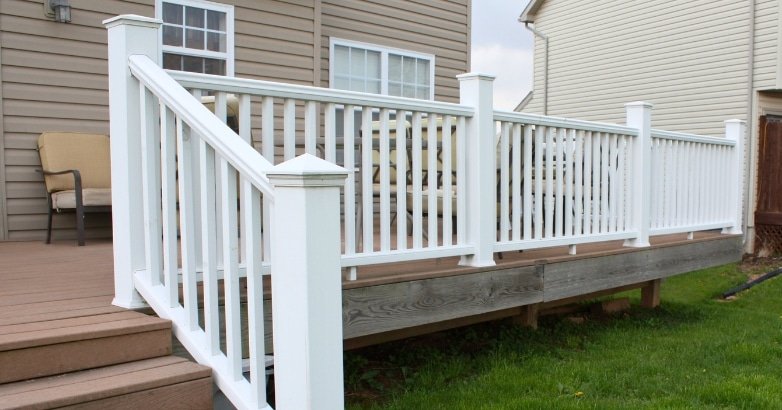
When choosing a railing style, aesthetics play a major role in shaping your home’s overall look. Modern designs are known for their sleek, minimal appeal, clean lines, neutral colors, and smooth finishes that pair well with contemporary architecture. In contrast, traditional railings highlight detailed craftsmanship, curved shapes, and rich materials that enhance the charm of classic homes.
Here’s a quick comparison:
| Feature | Modern Railings | Traditional Railings |
| Overall Look | Sleek, minimal, geometric | Ornate, detailed, classic |
| Common Materials | Aluminum, stainless steel, glass | Wood, wrought iron, composite |
| Color Palette | Neutral tones (black, grey, white) | Earth tones, natural wood, painted finishes |
| Shape & Structure | Straight lines, square posts, open sightlines | Curved spindles, turned balusters, enclosed feel |
| Architectural Match | Contemporary, industrial, modern homes | Colonial, farmhouse, Victorian-style homes |
Choosing the right design ensures your railing complements, not clashes with, your home’s personality and curb appeal.
2. Material Choices: Low-Maintenance or Time-Tested Charm?
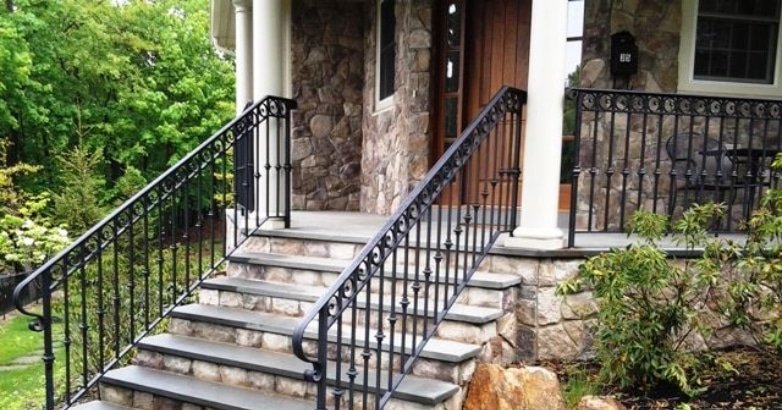
When considering modern vs traditional railing styles for your home exterior, the materials you choose impact not just aesthetics, but also durability and upkeep. Modern styles often feature aluminum, stainless steel, or tempered glass, materials known for being rust-resistant, weatherproof, and low-maintenance.
These are ideal for homeowners who prefer a clean, streamlined look without the hassle. In contrast, traditional styles typically use wood or wrought iron, offering a warm, timeless charm with handcrafted appeal.
However, they do require more care, like sealing, painting, or treating, to prevent wear and damage. Your choice ultimately comes down to lifestyle: convenience and durability or classic beauty and craftsmanship.
3. Customization and Flexibility
One of the key advantages of choosing between modern and traditional railing styles lies in the level of customization and flexibility they offer.
Modern railings are often modular, meaning components like posts, infills, and handrails can be mixed and matched to fit unique layouts or design preferences. You can choose from various finishes, colors, and materials, such as matte black aluminum or clear glass, to match your home’s contemporary vibe.
Traditional railings, while more fixed in design, allow for decorative touches like carved wood posts, wrought iron scrolls, or painted finishes that reflect personal taste and classic charm. Whether you want bold and minimal or detailed and ornate, there’s room to make your railing truly your own.
4. Safety and Code Compliance
Beyond style and materials, safety and code compliance are critical when selecting a railing system. Both modern and traditional railings must meet local building codes, which typically dictate minimum railing height, spacing between balusters, and load resistance.
Modern styles like cable or glass railings often require precise installation to comply, especially for elevated decks or staircases, where clear sightlines must not compromise safety.
Traditional railings, such as wood or iron with closer baluster spacing, tend to meet code more easily but still require professional installation. Ensuring your railing is both stylish and code-compliant protects your family, avoids costly corrections, and keeps your property up to standard, especially in areas like Staten Island, Brooklyn, and New Jersey.
5. Cost and Long-Term Investment
Deciding between modern vs traditional railing styles for your home exterior isn’t just about looks; it also impacts your budget and long-term maintenance. Modern railings like aluminum, stainless steel, or glass may cost more upfront but offer exceptional durability with minimal upkeep. Traditional options such as wood or wrought iron are usually more budget-friendly at first but require regular maintenance to remain in good condition.
| Railing Style | Average Cost per Linear Foot | Maintenance Needs | Expected Lifespan |
| Aluminum (Modern) | $60 – $90 | Low | 20–30 years |
| Glass Panel (Modern) | $100 – $150+ | Low | 25+ years |
| Wood (Traditional) | $40 – $70 | High | 10–15 years |
| Wrought Iron (Traditional) | $80 – $120 | Moderate-High | 15–20 years |
Investing more upfront in modern railings can save you money in the long run, while traditional options may need more ongoing care.
6. Curb Appeal and Property Value
Railing styles have a significant impact on your home’s curb appeal and overall property value. A well-designed railing instantly enhances visual interest, making your exterior feel polished and inviting.
Modern railings, with their sleek lines and minimalist finishes, give homes a contemporary edge that appeals to today’s buyers, especially in urban areas like Staten Island or Brooklyn. On the other hand, traditional railings offer classic charm and warmth, which can add character and appeal to historic or colonial-style homes.
In both cases, a professionally installed, well-maintained railing signals quality and care, two key factors that boost market value. Simply put, the right railing doesn’t just complete your exterior, it elevates it.
Wrap It Up: Which Railing Wins for Your Home?
Choosing between modern vs traditional railing styles for your home exterior ultimately comes down to your home’s architecture, personal taste, lifestyle, and long-term goals. Modern railings offer a sleek, low-maintenance look ideal for contemporary homes, while traditional railings provide timeless charm and handcrafted detail that suits classic exteriors. From design aesthetics and materials to safety, customization, and cost, each style brings its strengths.
Ready to upgrade your railing? Contact us today for expert advice and professional installation you can count on.

